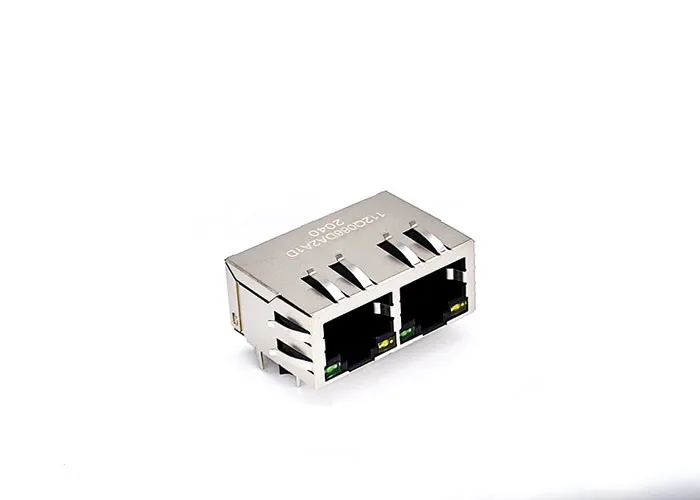RJ45 Connector Types: Straight vs. Crossover
Introduction
In networking, the RJ45 connector is essential for connecting devices in Ethernet networks.
While many people know what an RJ45 plug looks like, fewer understand the differences between straight and crossover cables. This article breaks down these two types, their uses, and a real-world example to highlight their importance.
What Are RJ45 Connectors?
The RJ45 connector is a standard interface used in networking cables. It has eight pins that connect to wires inside the cable, allowing data to flow between devices. The way these wires are arranged determines if the cable is a straight-through cable or a crossover cable.
Straight-Through Cables
Straight-through cables have the same wiring on both ends. They are typically used for connecting different types of devices, such as:
- Computer to Switch/Hub: These cables are essential for connecting a computer to a network switch or hub.
- Router to Modem: They help connect a router to a modem for internet access.
Benefits of Straight-Through Cables
- Easy to Use: They are straightforward and user-friendly, making them the most common choice for networking.
- Versatile: They work well with a variety of device connections.
Crossover Cables
Crossover cables have different wiring configurations on each end. This design allows them to connect similar devices directly, such as:
- Computer to Computer: These cables are perfect for linking two computers without needing a switch or hub.
- Switch to Switch: They can also connect two network switches directly.
Benefits of Crossover Cables
- Direct Communication: They allow two similar devices to communicate directly, without any intermediary devices.
- Cost-Effective: They can reduce the need for extra networking equipment in certain setups.
Case Study: Upgrading the Office Network
To illustrate the importance of choosing the right cable type, let’s look at a recent upgrade at XYZ Corporation. The IT team needed to improve the network to support remote work and growing connectivity demands.
The Challenge
XYZ Corporation had many computers and switches in different departments, along with employees working from home. The network mainly used straight-through RJ45 cables, which made direct communication between computers difficult.
The Solution
The IT team decided to use both straight-through and crossover RJ45 cables. They continued to use straight-through cables for connecting computers to switches and routers. However, they introduced crossover cables for direct connections between computers, allowing teams to share files quickly without overloading the network.
The Results
After using both types of cables, XYZ Corporation saw a significant improvement in network performance. Employees experienced faster file transfers and less downtime during collaborative projects. The IT team also noticed reduced congestion on the network, thanks to the effective use of crossover cables.
Conclusion
Understanding the differences between straight and crossover RJ45 cables is key to improving network performance. While straight-through cables are standard for most connections, crossover cables play an important role in specific situations, allowing direct communication between similar devices. The case of XYZ Corporation shows how the right cable choices can enhance efficiency and user experience. Whether setting up a new network or upgrading an existing one, knowing your RJ45 connector options can make a big difference.
To find products and services more accurately, please try entering keywords for search.
For more product and service content, please contact us and send an email to sales@dimud.com.
We sincerely look forward to connecting with you!


